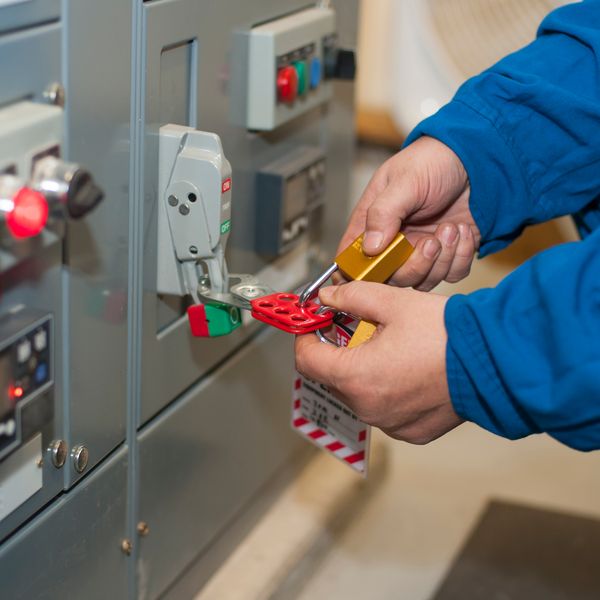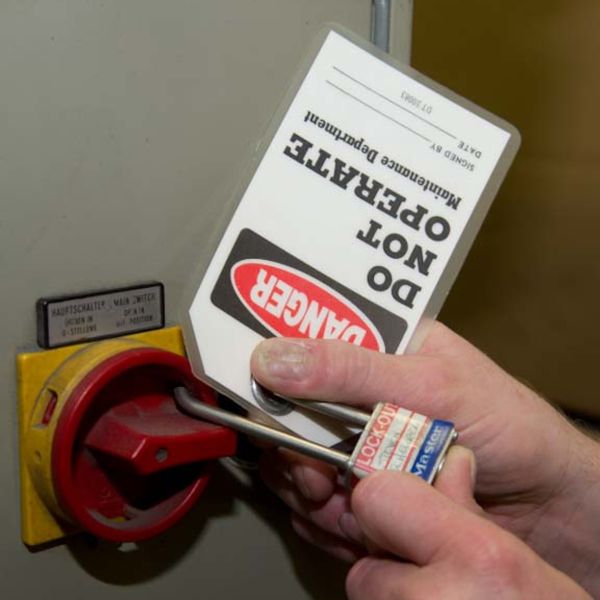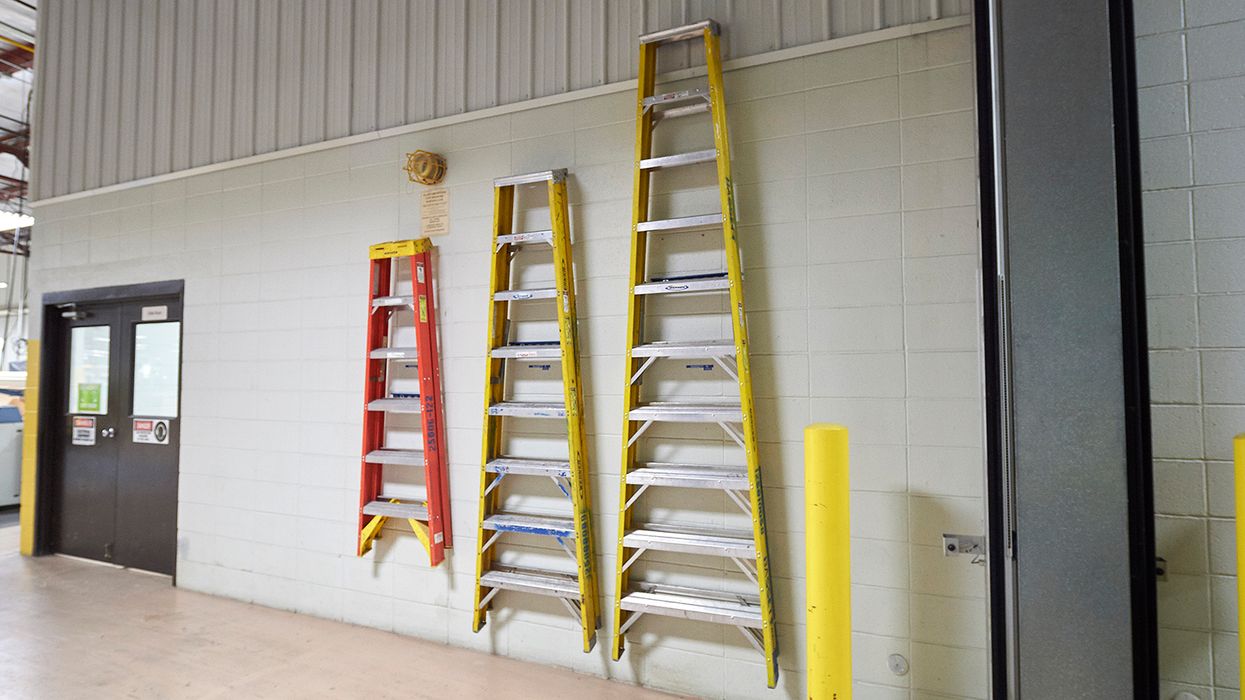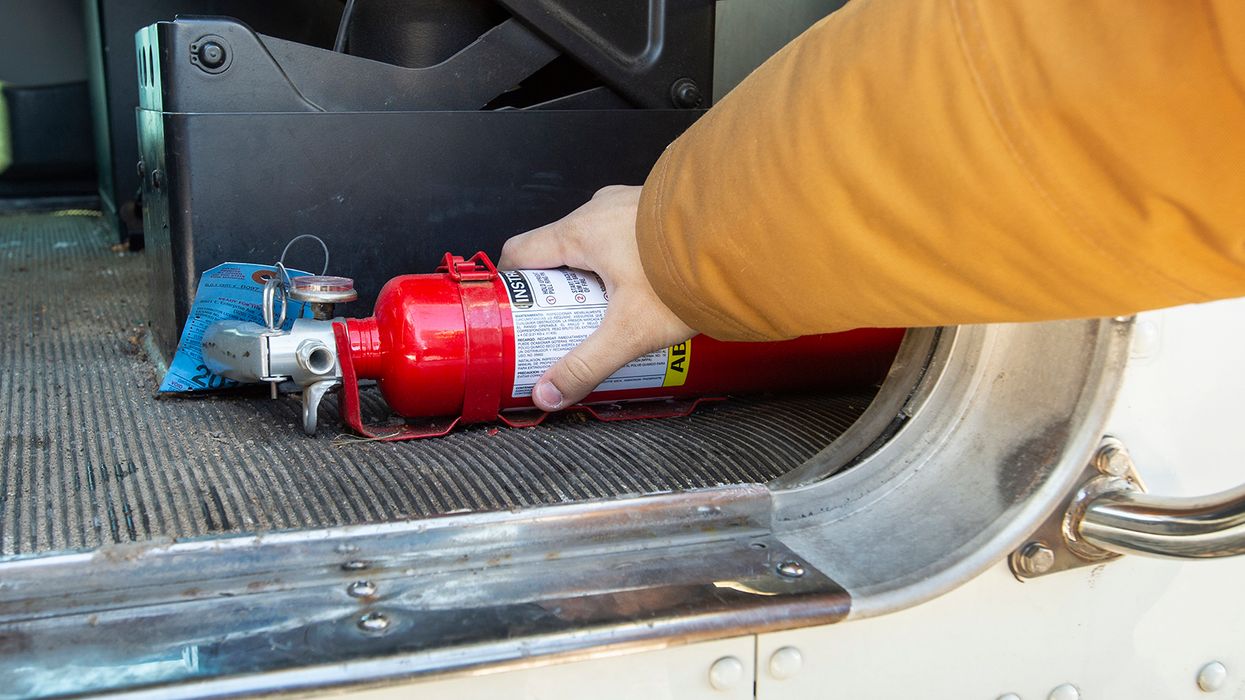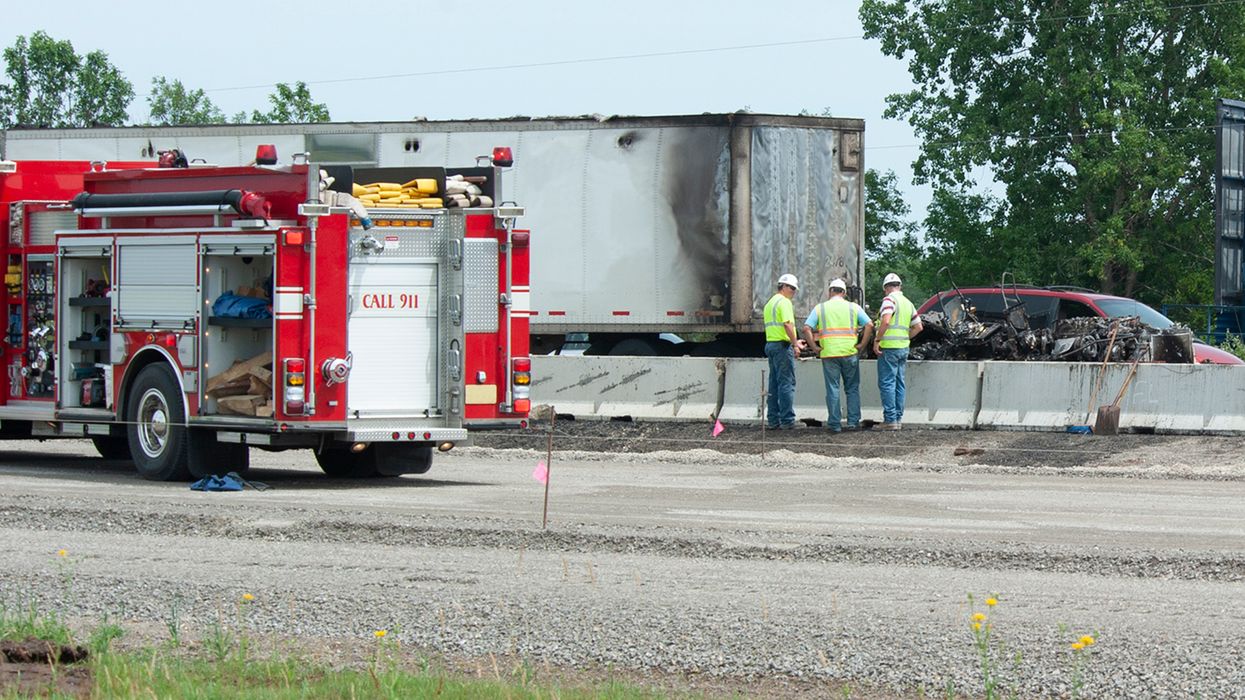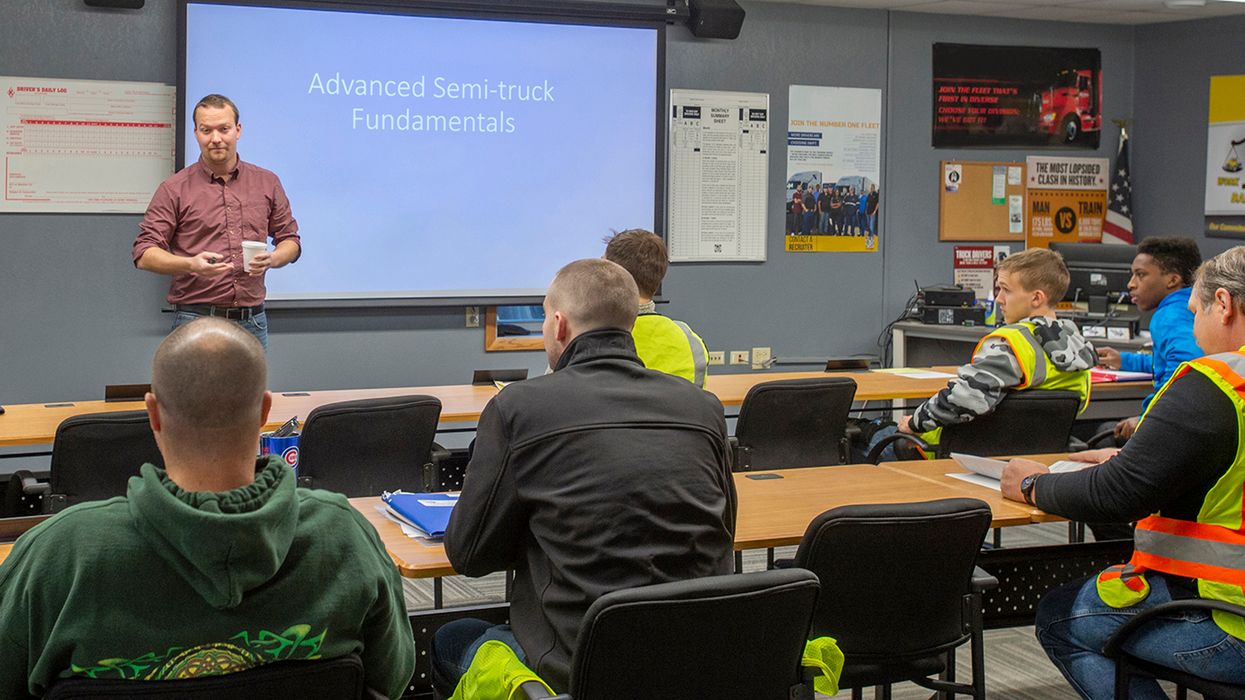Myths that cause lockout/tagout violations
In nearly all situations where employees must remove a machine guard to perform service or maintenance work, they should follow lockout/tagout procedures.
Although the Occupational Safety and Health Administration (OSHA) provides an exception from lockout/tagout for minor service tasks, that exception does not apply if employees would have to place any body part into a machine’s hazard zone or point of operation.
For example, if a machine occasionally jams, a worker cannot reach an arm into the operating area (or stretch a foot down to kick an item loose) to clear the jam.
However, adopting protective measures or procedures could allow workers to clear the jam without risk of injury, and without going through a full lockout process. For example:
- Employees might use a special tool designed to reach past the guard and clear the jam without reaching a body part into the hazard area.
- A machine might have an interlocked guard that prevents the machine from operating while the guard is open or removed; the employee would then be protected when opening the guard to clear the jam.
Protecting workers
The minor service exception might apply to activities such as clearing jams, applying lubrication, or making tool changes, but only if those duties can be performed safely. These tasks are exempted from the lockout/tagout requirements only if:
- They are routine, repetitive, and integral to the use of the equipment; and
- The work is performed using alternative measures which provide effective protection.
On the first point, the task must be necessary for production to continue without interruption. Each of the following elements must be met. The work must be:
- Routine: The activity must be performed as part of a regular procedure following an established practice,
- Repetitive: The activity must be repeated during the production process, and
- Integral: The activity must be inherent to (essential to) the production process, and performed as part of the production process.
Maintenance or adjustments that fail to meet any one of those criteria cannot qualify for the minor service exception.
The second item is equally critical, and often overlooked. The method or procedure for performing the task must effectively protect employees from injury.
As noted, if an employee must bypass a guard or reach into a point of operation (which would expose the worker to injury), then lockout/tagout must be used. However, using a “push stick” to reach past a guard (without placing a body part beyond the guard) could allow workers to clear a jam while protecting them from injury.
Review any routine maintenance work to verify that it meets all elements of the exception. Remember: If employees are exposed to hazardous energy, you either need to apply lockout procedures, or use other protections (such as special tools) that allow them to perform the task without exposing themselves to injury.






